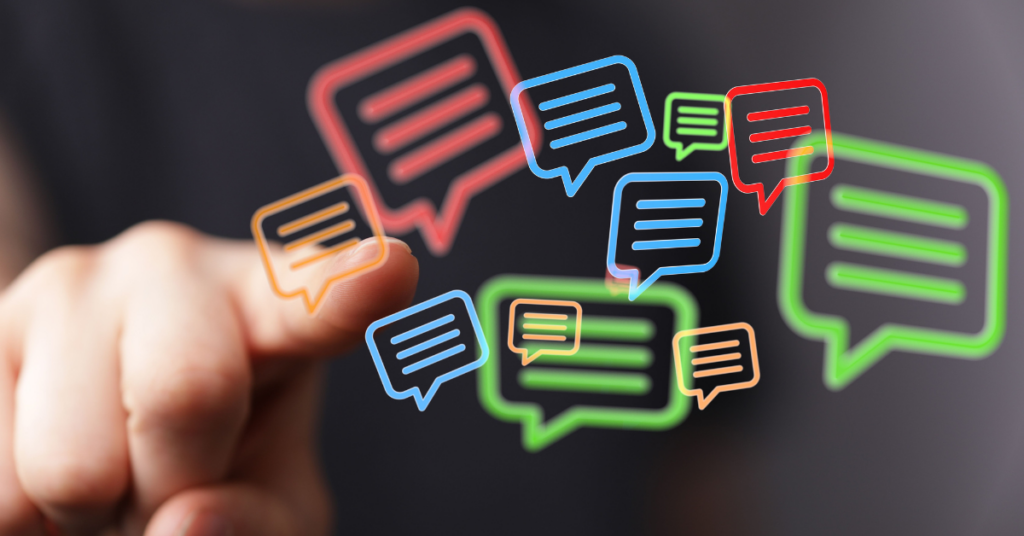Unleash the Power of ChatGPT with These 20 Use Cases

According to a recent Gartner survey, 45% of executives reported that ChatGPT, a cutting-edge language model developed by OpenAI, has increased AI investment within their organizations. Clearly, this figure demonstrates the growing recognition of ChatGPT’s potential to transform various industries and drive innovation. This blog will explore the various ChatGPT use cases, highlighting its transformative impact in virtual assistance, customer support, content generation, and other areas. So, let’s delve into how ChatGPT can help businesses and shape the future of artificial intelligence.
ALSO READ: What’s the Fate of AI in 2023? 8 Pathbreaking Technology Trends
ChatGPT Use Cases
 Here are 20 ChatGPT use cases:
Here are 20 ChatGPT use cases:
1. Virtual Assistant
Functioning as a personal assistant, ChatGPT excels at assisting users with scheduling, reminders, and basic tasks.
2. Customer Support
Offers automated customer service, answering frequently asked questions and troubleshooting common problems.
3. Content Generation
Aids with content generation, such as blog posts, articles, and social media captions.
4. Language Translation
Allows for translation of text from one language to another.
5. Tutoring and Education
Provides personalized tutoring and educational support across a wide range of subjects.
6. Coding Help
Assists programmers with code suggestions, debugging, and explanations.
7. Creative Writing
Collaborates on creative writing projects, generating ideas, and providing feedback.
8. Support for Decision-Making
Assists users in making decisions by providing information, pros and cons, and alternative options.
9. Travel Planning
Helps with travel recommendations, itinerary planning, and finding the best deals.
10. Mental Health Support
Offers a listening ear and suggestions for dealing with stress, anxiety, and other mental health issues.
11. Personal Finance
Helps with budgeting, investing, and financial planning.
12. News and Information
Provides up-to-date news, weather forecasts, and general knowledge on a variety of topics.
-
Learning New Skills
Assists users in learning new skills, such as playing an instrument or mastering a new language.
-
Game Companion
Serves as a companion or guide within video games, providing hints, tips, and strategies.
-
Event Planning
Assists with event planning by recommending venues, catering, and entertainment options.
-
Medical Information
Answers basic medical questions, provides information on symptoms, and general health advice.
-
Recipe Suggestions
ChatGPT can suggest recipes based on dietary preferences, available ingredients, or specific cuisines.
-
Personal Stylist
Not only can it provide fashion advice, but it can also offer outfit suggestions and clothing recommendations based on personal preferences.
-
Historical Conversations
In addition to providing natural language conversation, ChatGPT can simulate conversations with historical figures. This unique feature allows it to offer insights into their lives and perspectives.
-
Language Practice
It can be used as a tool for language practice, engaging in conversations to improve language skills.
While this is quite a comprehensive look at ChatGPT use cases, it’s noteworthy that there is a lot more that this chatbot can do.
ALSO READ: What is ChatGPT? Top Capabilities and Limitations You Must Know
Frequently Asked Questions
 1. Is ChatGPT Free?
1. Is ChatGPT Free?
In short, yes! ChatGPT is free to use, depending on the plan you choose. There is a free plan and a subscription plan, ChatGPT Plus, which costs $20 per month.
2. Is Bard Better Than ChatGPT?
ChatGPT generates and summarizes text requests quickly. However, Bard responds to questions more effectively and with more relevant information. As users are providing feedback, these chatbots are still being trained. Therefore, there may be changes in future iterations. Consequently, which one’s better is a difficult question to answer definitively at this point.
3. How to Write ChatGPT Prompts?
Write specific, concise prompts that provide context in order to ensure effective communication with ChatGPT.
4. Is ChatGPT Safe to Use?
ChatGPT is generally safe to use. However, it is important that one is cautious while using it. It is also advisable to not rely on it for critical or sensitive matters.
5. What are the Best Functions of ChatGpt?
ChatGPT excels at providing natural language conversation. Moreover, it is adept at generating creative content. Additionally, it assists in a variety of domains. These capabilities make it versatile and valuable for a wide range of applications.
6. How Can I Use ChatGpt Code?
Using its API or libraries, you can integrate ChatGPT into your applications or systems. Doing so will allow you to interact with the model programmatically and leverage its language capabilities.
ALSO READ: How Can Marketers Use ChatGPT? Top 9 Use Cases and Benefits for 2023
In conclusion, the various ChatGPT use cases demonstrate its versatility and potential to revolutionize a variety of domains. Additionally, ChatGPT has proven to be a valuable AI tool for everything from personalized virtual assistance to creative content generation. Also consider incorporating ChatGPT into projects as you explore the possibilities to unlock its transformative power and drive innovation. Additionally, also explore artificial intelligence courses and machine learning courses from Emeritus and learn more about today’s ever-changing tech world!
By Siddhesh Santosh
Write to us at content@emeritus.org





